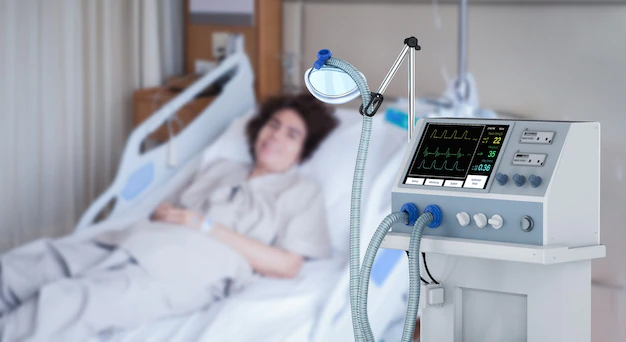Recent studies and researches have unveiled some shocking facts regarding impact of gender on critical illness and intensive care. Gender can, unexpectedly, directly impact the outcomes of the critical illness as well as use of resources of intensive care like ventilators, medicines and medical accessories. Females in comparison to men, are more prone to show serious outcomes after being admitted to intensive care and exposed to intensive care systems. Major reason of this distinctive behavior in females is hormonal diversity. Some hormones that are dominantly high in males provide immunity to males against critical illness and severe outcomes of long-term exposure to the intensive care resources especially ventilators. Females more likely show worse effects of illness during their stay in intensive care and more probably experience worse operational consequences when discharged. This is the reason women need special attention when being exposed to ventilators in ICU.
Special Measures for Female Patients on Ventilator
Nurses and paramedical staff are specially trained to provide special care to ventilated female patients in intensive care in order to eliminate the risk factors involved in long-term use of these systems especially ventilator-associated pneumonia which is commonly observed in such patients.
Here are some measures medical staff needs to follow to help critically ill females to use ventilators without compromising health.
Elevate Head of Female Patients
Proper positioning of ventilated female patients is very important to avoid unwanted consequences of ventilators. It is recommended to elevate the head of the ventilated patients up to 30 to 45 degrees to lower the risk of aspiration and gastric reflux. This gastric flux is more likely to cause ventilator-associated pneumonia (VAP) which is a major threat to the respiratory system s
Proper Oral Hygiene Care
Oral health progressively becomes worse in ventilated patients. The patient needs to be intubated orally to use ventilators and this process can even cause injuries and dry mouth. Especially in females due to decreased immunity, the chances of bacterial infection after intubation are higher than men. In order to avoid such contamination, it is advised to provide patients with proper oral care several times a day.
Encourage Mobility
Movement of body plays a vital role in paving the way to the ventilator free life for the patients. Grabbing bed idly for long time can cause joint stiffness, body rashes and other internal issues. Joint movement, turning of body and sitting, if possible, can provide help in avoiding such health issues. It is also important to measure tolerance level of the patient whenever she performs any activity. Tolerance level can be measured by accessing vital signs, pain level, oxygenation status and agitation levels. These measures help in setting up level of the patient’s movement as well as to compare daily records to judge the progress.
Proper Suctioning
Accumulation of secretion in respiratory tract is generally noticed in ventilated patients and more likely this accumulation can cause VAP. This is the reason the nurses and respiratory therapists regularly perform suctioning to prevent these secretions to make their way to the lungs. The frequency of suctioning depends upon the condition of the patient and suggestion of the physician. It is observed that the chance of VAP in patients reduces by 45% when suctioning is properly and regularly done. This is the reason suction tube is the part of every ventilator care bundle.
A patient on mechanical ventilation requires a multidisciplinary approach to care. It demands special knowledge which is achieved by examining patient needs, conducting best practices and observing therapeutic responses. When caring for patients on ventilators, nurses must be aware and assured because mechanical ventilation has become a prevalent treatment these days.


